by Shelby Clark, Lynn Barendsen, and Daniel Mucinskas
To our readers: The Good Project has, for the past 25 years, been interested in finding ways to help individuals reflect on how to do “good work”—work that is excellent, ethical, and engaging. In light of the recent deaths of George Floyd, Rayshard Brooks, and other Black people in America, we feel that one contribution we can make to the ongoing conversations regarding how to bring about racial justice is to help people think about and reflect upon the connections between what it means to do “good work” and racial justice. In this blog, we discuss some of our current thoughts regarding how The Good Project’s ideas might further issues of equity and racial justice in the world.
However, as we wrote this blog about how to think through the 3Es of good work and businesses' performative virtue signaling of support of the Black Lives Matter movement, we thought about whether this blog is a similar form of virtue signaling; is this an easy way for us, a predominantly white research group, to ease our guilt? We discussed the pros and cons of posting this blog, and ultimately, given our commitment to promoting reflection, felt that encouraging reflective practices towards promoting racial justice was better than remaining silent at this time. We know, though, that this blog is just a beginning in our own work towards supporting racial equity and that we have more work to do. We welcome your feedback, and are here to learn.
In a recent blogpost, the researchers of The Good Project noted our unequivocal belief that Black Lives Matter.
The recent death of George Floyd has made apparent our own need to continually review our roles in promoting structural racism. Moreover, as we seek to encourage reflection and introspection as strategies to help people to do good in the world, we need to think about how these methods can be used to bring about a more racially just future.
As you consider your own work or profession, think of the 3Es of Good Work-- excellence, ethics, and engagement. How can excellent, ethical, and engaging work facilitate just, equitable, and humane work?
For example, some companies, such as Zillow, Amazon, and Nordstrom, have recently been posting on social media in solidarity with the Black Lives Matter (BLM) movement. Yet now several big name companies have been called out by former employees for using such maneuvers as public relations stunts rather than true indications of company values.
You might ask yourself whether your own company or workplace is fulfilling the 3Es in an effort to promote racial justice. For example:
Ethics: How can a company best fulfill its responsibilities in this situation? Is signalling support for the Black Lives Matter movement online an important step in the fulfillment of professional responsibility, even if it is not echoed elsewhere in an institution’s values? What are the other important ethical steps a company should take to demonstrate support of this movement, either via its mission, the impact of its work, or beyond? Should individual workers be held responsible/accountable, and if so, how? As one example, was it right for Amy Cooper to be fired from her job for calling the police on a Black man, Christian Cooper, bird watching in New York’s Central Park?
Excellence: Do you consider posting support for BLM online excellent work, done to the best of a company’s ability? If not, how might an organization more excellently signal their support for BLM? What is the relationship between excellence in business and racial justice?
Engagement: Does posting support online for BLM indicate engagement with this issue, or that this is a meaningful area of work for an organization? If not, how might engagement be better expressed? Consider the individual workers in a company and how they may or may not find personal meaning in the company’s actions. How should a business give voice to all of its workers, and if there are dissenting opinions - for example, voices that are skeptical for whatever reason about racial justice - what are the company’s responsibilities?
Certainly many other organizations and workers are encountering questions of how to best fulfill their roles justly and ethically during this moment. For example, some small business owners have had to weigh whether to continue protesting when their own businesses are being looted.
As you think about ways to move forward as a worker or company, consider these suggestions from the Harvard Business Review about how to create inclusivity in the workplace:
Make sure diversity and inclusion are core values of your institution and hold leaders accountable to these values;
Hire people of color and provide them with mentors in the workplace who will help advocate for their voices and advancement;
Create safe workplaces for people of color;
Recognize bias and have all staff participate in de-biasing trainings; and
Emphasize the business case for diversity and inclusion.
What are other questions and actions you think are important for you and for companies and organizations to be asking and doing to promote racial justice and equity in the world?



